In the heel of Italy’s boot lies Puglia, also known as Apulia. Famous for its wonderful coastline, Puglia has so much to offer visitors; unique and picturesque villages such as Alberobello, beautiful Roman and Baroque architecture - Lecce is known as the Florence of the South - olive-green seas and so much more.
Puglia is the second-largest wine-producing region in Italy. Thanks to its ideal geographical position, it boasts its own incredible history and culture, which is deeply reflected in its food and wine scene.
Our Choices from Apulia
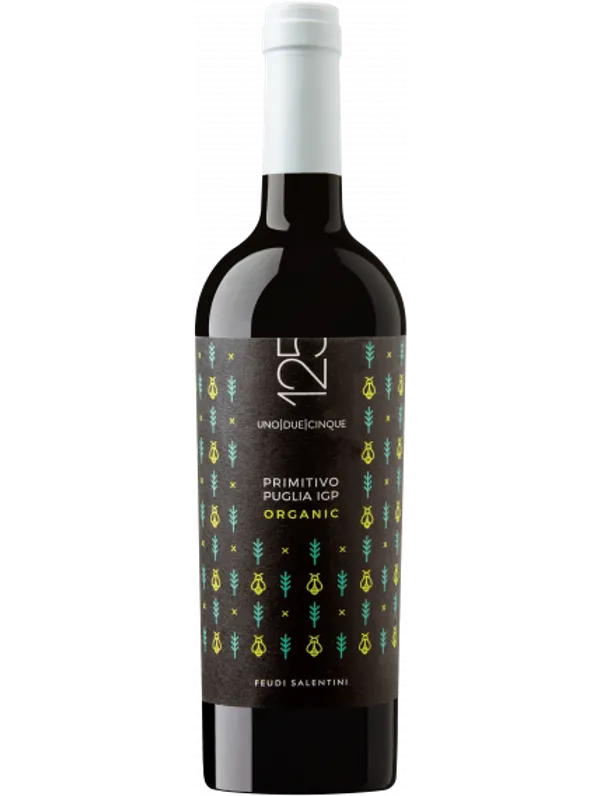
Feudi Salentini 125 Primitivo Biologico
Robust with vibrant cassis and cherry aromas. Velvety texture, ripe tannins, perfect for red meats. No decanting needed; cellar up to 5 years. Crafted in sun-soaked Salento.
Read more
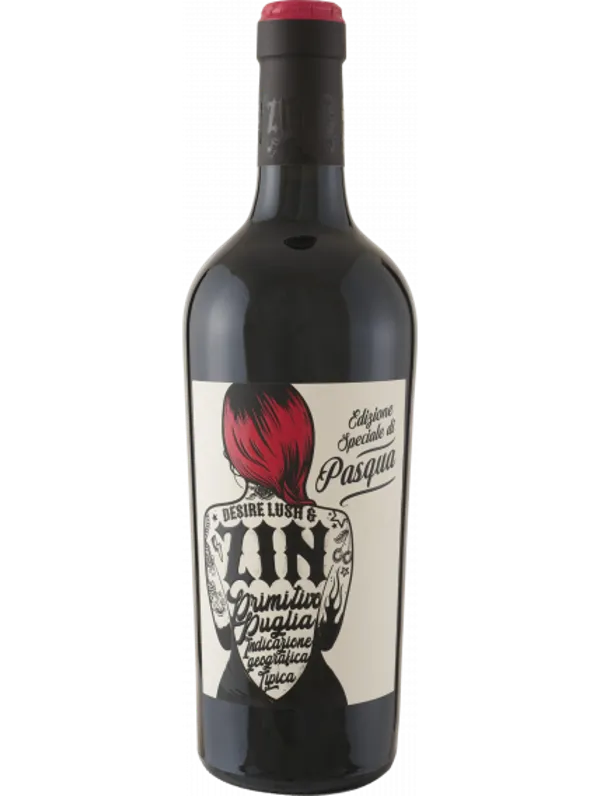
Pasqua Desire Lush & Zin Primitivo
Luscious cassis and dark plum in a full-bodied, velvety profile. Ideal for rich red meats and hearty stews. No need for decanting; cellar-worthy for up to 6 years.
Read more
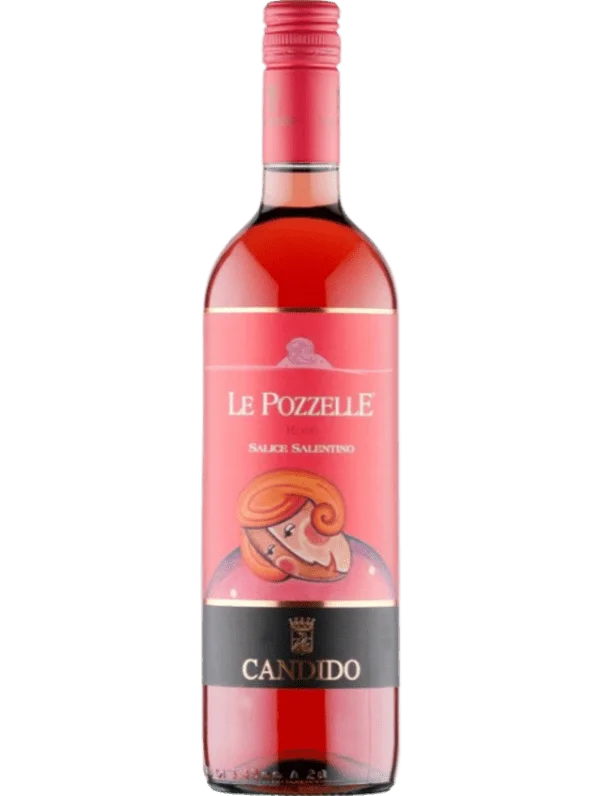
Salice Salentino Rosato Le Pozzelle
From Salento, famous for top-notch rosés. Sports coral pink shade, opulent, floral, and fruit-forward nose. Tastes harmonious with a slightly bitter afternote.
Read more
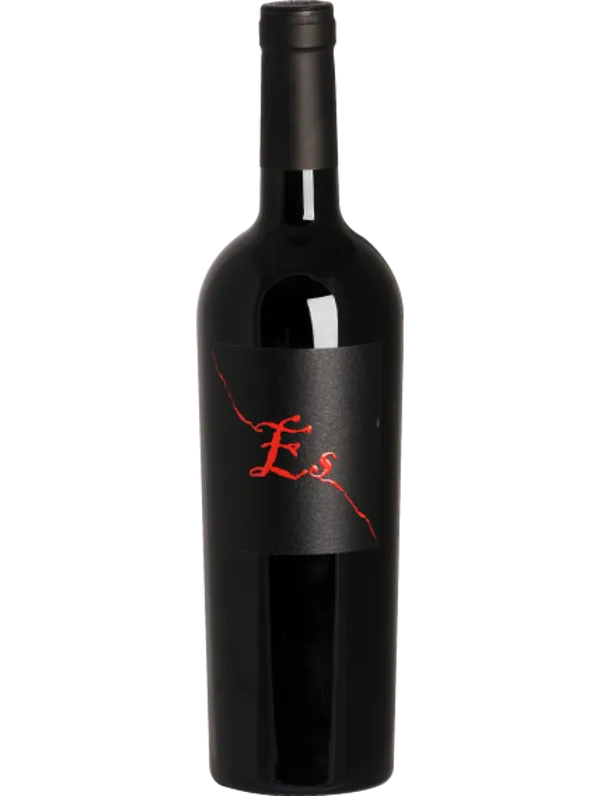
Gianfranco Fino Es Primitivo di Manduria
Iconic Primitivo showcasing intense blackberry and dark plum, smooth tannins and rich flavors.
Read more
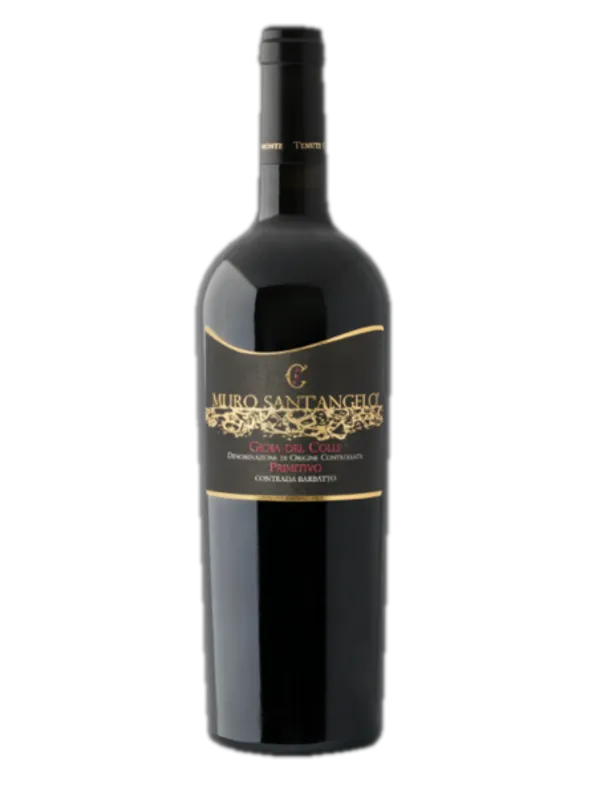
Tenute Chiaromonte Muro Sant’Angelo Barbatto Primitivo Gioia del Colle
Intensly red in color with fruity notes of plum, blackberry and spices. Pair with cheese and roasts.
Read more
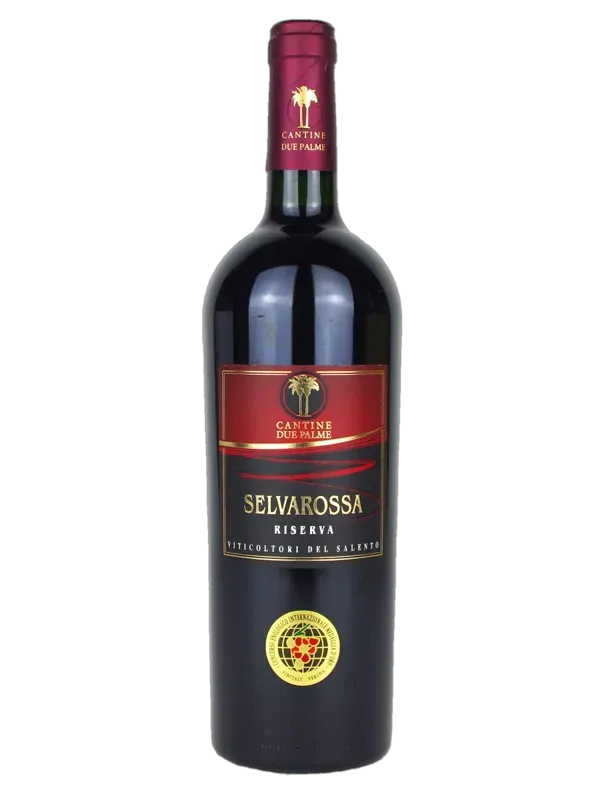
Selvarossa Riserva Salice Salentino
Full-bodied with rich fruit flavors and elegant spice notes, balanced tannins, perfect with hearty dishes.
Read more
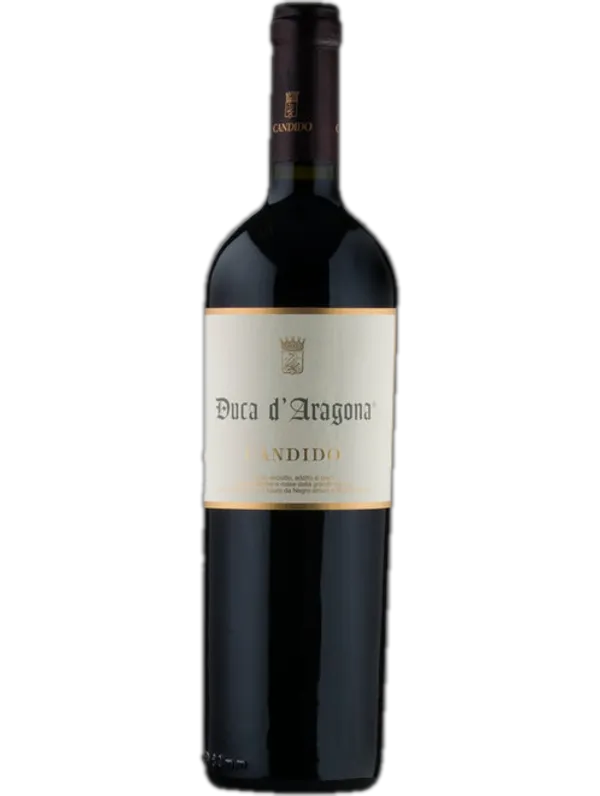
Duca di Aragona
Bold, intense ruby showing amber hues, a complex blend of warmth and finesse in each sip.
Read more
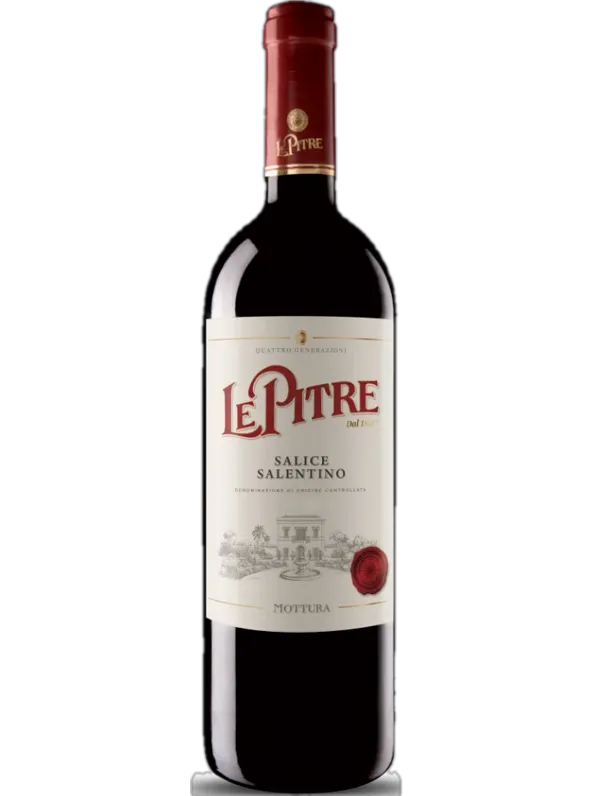
Villa Mottura Salice Salentino Le Pitre
Intense red wine from Apulia with ripe fruit, spice, vanilla, and toast notes, displaying great personality.
Read more
Apulia's key Wine Areas
Salento
The southernmost part of the Puglia region, Salento is home to many of Puglia’s well-known wines. The most notable is Primitivo di Manduria, grown on the Western coast of Salento. This land is impressively historic, with many olive trees older than the vines. Negroamaro is also grown here.
Murgia
Just North of the Salento region lies Murgia with several DOCs that produce delicious wines. The Locorotondo DOC produces some of the region’s best and most traditional white wines, made from Verdeca and Bianco d'Alessano grapes. Murgia also offers excellent red wines, like its Castel di Monte Nero di Troia.
Daunia
The name Daunia comes from a local tribe - the Danunians - who lived here before the Romans. This is the northernmost Pugliese wine region, which is home to the Daunia IGT wine denomination (all IGT appellations are based on the region of origin). Here, native grape varieties Nero di Troia and Bombino Bianco are widely grown. Recently, many international grape varieties have been planted here such as Melor, Chardonnay and Cabernet Sauvignon.
Food Parings
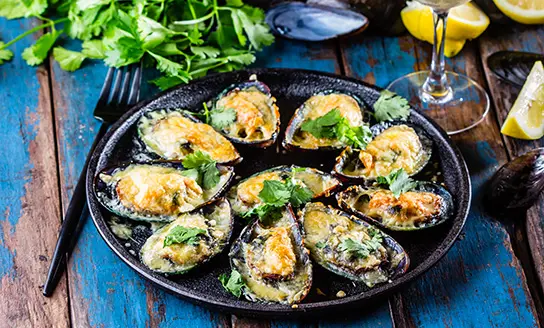
Starter: Cozze arraganate
a delicious dish consisting of baked mussels seasoned with garlic, parsley, and breadcrumbs. Pair it with a bottle of Chardonnay, Bianco d’Alessano or Fiano.
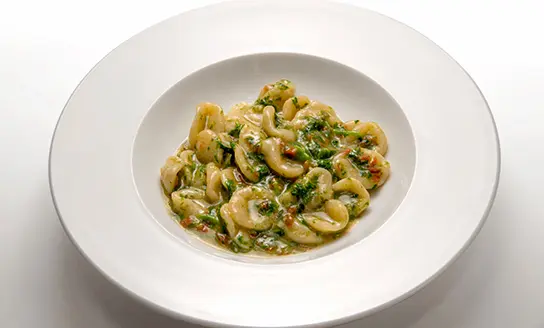
Main course: Orecchiette con cime di rapa
Orecchiette might be Puglia’s most famous pasta. Traditionally, it is served with cime di rapa, a local broccoli, olive oil, anchovies, and garlic.
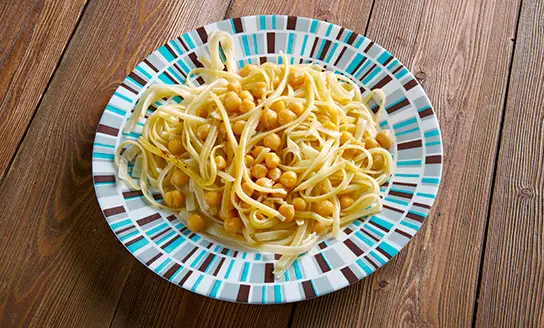
Main course: Ciceri e tria
Thin fresh pasta (tria), similar to tagliatelle, which is cooked with chickpeas (ciceri), and garnished with deep-fried pasta to add a final crunch to the dish.
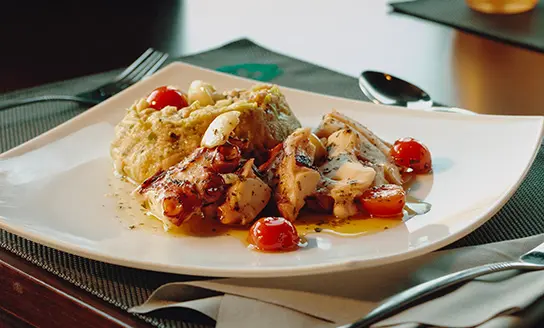
Main: Polpo alla pignata
This dish is symbolic of Puglia’s ancient history - fresh octopus is stewed in a rich tomato sauce in a classic terracotta pot.
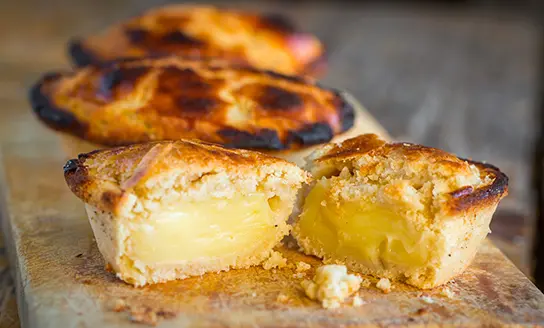
Dessert: Pasticciotto
These little pastry tarts are found in bakeries all over Puglia. They typically have a delicious ricotta or custard filling.
Just by walking down the city streets you can notice how the local cuisine is weaved into everyday life. There are traditional snacks like frisella, a crunchy, stone-oven baked bread and pizzette, miniature pizzas topped with tomatoes. You often see grandmas - or nonnas - rolling homemade pasta outside their homes.
Puglia’s food is a perfect match for its wine. The region is well-known for orecchiette, ear-shaped pasta traditionally served with local broccoli. With orecchiette, try a light red made from Negroamaro or Nero di Troia. When craving fish try baccala alla salentina, a pastry filled with salted cod, pecorino, and tomato.
FAQS
What wine is Puglia known for?
Puglia is known primarily for its red wines. This includes Primitivo di Manduria, Negroamaro, and Nero di Troia (otherwise known as Uva di Troia). Puglia’s whites are gradually acquiring popularity outside Italy: Bianco d’Alessano & Fiano above all.
What grapes are grown in Puglia?
Puglia grows both white and red grapes. The most commonly grown white grapes are Verdeca, Bianco d’Alessano, Chardonnay, and Fiano. As for the red wine grapes, the primary varieties are Primitivo, Negroamaro, and Nero di Troia.
What is distinctive about Puglia wines?
The unique climate and terroir make Puglia’s wine extraordinary. Furthermore, these wines tend to be lesser-known compared to other regional ones, making their prices extremely affordable. While the majority of the local wines are red, there are plenty of options to be explored: fruity whites that perfectly pair with the seafood of the region, as well as rosé and sparkling wines that go with just about anything.
Which is the best time to visit Puglia?
Late spring, early summer, and early autumn are the most ideal times to visit Puglia. The weather is perfect and not too hot, making it suitable to enjoy Puglia’s dazzling beaches. It is best to avoid visiting in August when it is intensely hot. Locals also take their vacation in August, which causes many shops and restaurants to be closed.
What is unique about Puglia compared to other parts of Italy?
Puglia offers charm, affordability, and diversity. From the countryside to the seaside, its cities and villages are exploding with culture. The food and wine scene is totally unique. Everything is homemade, with locals taking pride in their hearty dishes.
Want to know it all?
Puglia: region in a nutshell
Total vineyard area:
85,125 hectaresNumber of producers:
36,000Total wine production per year:
9 million hectolitresNumber of DOCGs:
4Number of DOCs:
28
Puglia’s Wine History
Puglia’s history dates back thousands of years, to the Greeks, who settled in the region around the 8th century BC. The Greeks brought grape varieties and winemaking techniques that changed Puglia’s winemaking future forever. Puglia’s native grapes Verdeca and Greco Bianco are both believed to have originated from Greece.
In time, Puglia mastered the art of winemaking, producing excellent wines thanks to its poor soils in which grapevines thrive.
With many vineyards established among the olive trees, Pugliese winemakers began to establish their footing in the Italian wine scene. Its most popular grape, Primitivo, is said to have Croatian origins. This grape variety has gained popularity as it is the same grape as California Zinfandel. Yet, it has a different flavour profile, thanks to Puglia’s unique terroir and climate. The future of the wine industry in Puglia appears very bright.
Pugliese Viticulture
Puglia’s viticulture is defined by its location. Geographically speaking, Puglia is a peninsula which affects the region’s climate thanks to its vast exposure to the sea. Puglia encounters strong winds, such as the sirocco (also known as scirocco), that arrive from the Sahara and whip through the region with incredible force.
In order to protect the grapes, vines are cultivated into goblet shapes (otherwise known as bush vines), which keeps the vines low to the ground, sheltering the fruit. Its proximity to the ground also helps to shield the grapes from potential ‘sunburns’ which can taint their skin and flavours. Despite the wind, Puglia enjoys an overall Mediterranean climate with pleasant winters, hot summers, and mostly clear skies.
Puglia also has unique soils. Although the region is very arid, it is plentiful in limestone, lending a delicious minerality to its wines. In particular, there are fascinating red soils layered over white limestone found on the Western coast of the peninsula. These soils are used to grow grapes for Primitivo di Manduria.
Puglia’s Top Wineries To Visit
Alberto Longo
Located in the town of Lucera in Northern Puglia, Alberto is a fantastic winemaker producing notable wines, made from a blend of 3 grape varieties: 55% of Nero di Troia, 30% of Montepulciano di Abbruzzo and 15% of Bombino Bianco The winery also produces its own extra virgin olive oil from centuries-old olive trees.
Carvinea
Found in the upper Salento coast, Carvinea has become an absolute icon to Pugliese wine lovers. Carvinea produces red wines made of predominantly Negroamaro and Primitivo grapes, many of which have received several awards over the years. They also create fabolous white wines from Fiano grapes and other french varieties, along with a selection of fruity rosé.
I Pastini
Situated in the heart of the Itria Valley, I Pastini is dedicated to making true Pugliese wine. The winery’s mission is to revive local grape varieties and use modern winemaking techniques, while respecting ancient traditions rooted in this region’s history. Their Bianco d’Alessano wines have received multiple awards over the last 5 years, and deservedly so! They are also known for a very rare wine, attained from a Valle d’Itria grape variety called Minutolo.
Best white wines from Puglia
Verdeca
Verdeca is found in Locorotondo and Martinafranca regions. They have aromas of stone fruits.
Bianco d’Alessano
This rare Pugliese grape is mellow and often used in blends, particularly Valle d’Itria IGT
Chardonnay
This French variety was introduced in the 1990s. It makes excellent wines on limestone soils.
Fiano
Fiano has notes of nuts and honey. A great option for summer dining.
Best red wines from Puglia
Primitivo
Grown since the 1700s, Primitivo is hearty and rich both in fruit and alcohol.
Negroamaro
Although Negroamaro means “black and bitter”, it is aromatic and smooth with dark fruit flavours.
Nero di Troia
Grown in the North of Puglia, it is usually blended with other varieties.
